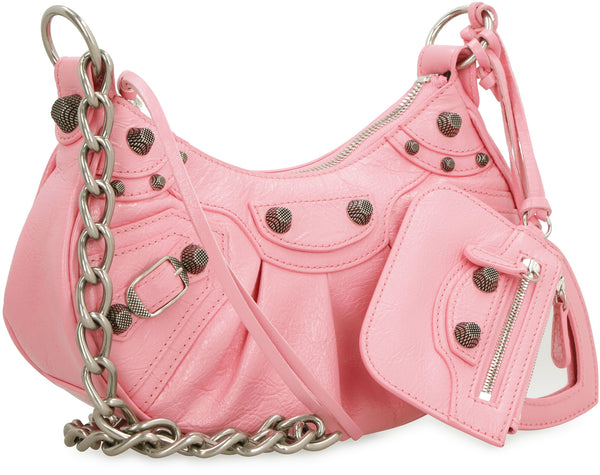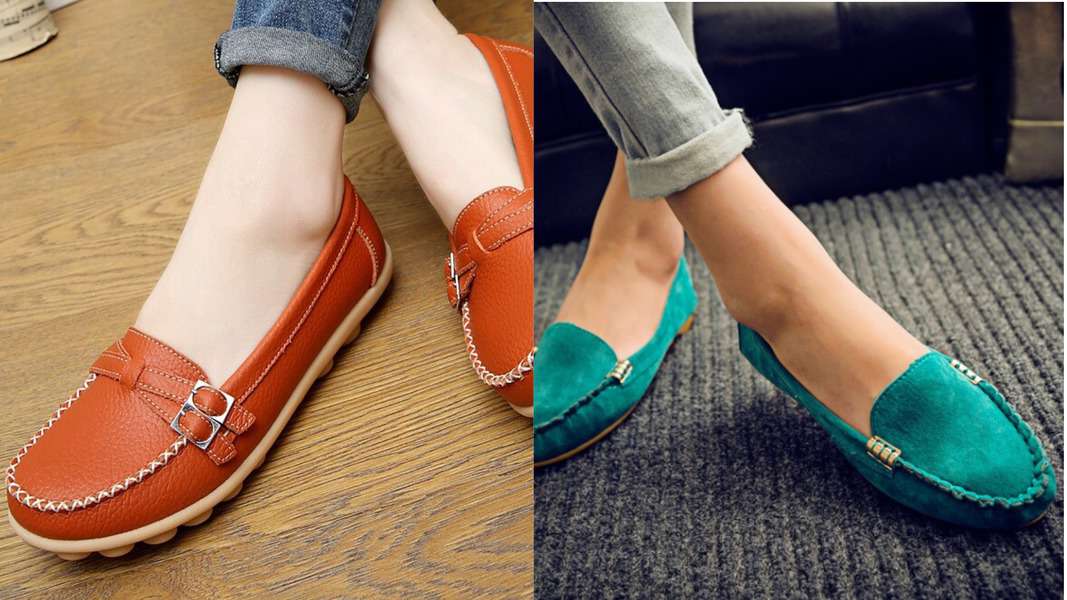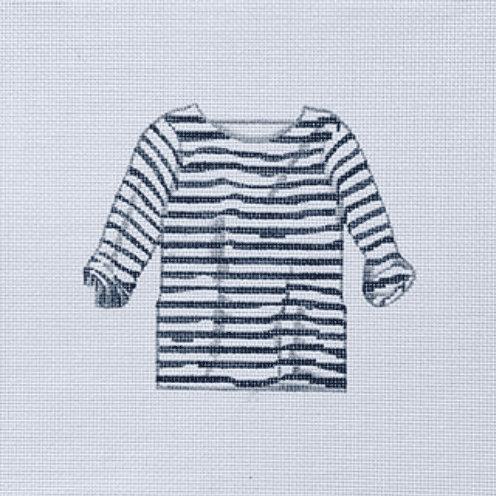You’re exploring a legacy that started in 1856 when Thomas Burberry opened his first store in Basingstoke, England. He changed the game in 1879 by introducing gabardine, a breathable and revolutionary waterproof fabric. What is your favorite trench coat? That came from Burberry’s innovative mind, which was originally designed for military use. They even patented gabardine in 1888, elevating outdoor wear to new heights. With a heritage enriched by royal warrants and a commitment to sustainability, Burberry’s journey is a blend of tradition, innovation, and social responsibility. There’s more to this iconic brand’s story that beckons your curiosity. Burberry bags and clothing have become some of the most luxurious products in the world. Let’s see how it all happened.
Table of Contents
The Birth of Burberry
In 1856, at just 21, Thomas Burberry laid the foundation of Burberry in Basingstoke, England, marking the start of a revolutionary journey in the fashion industry. As the brainchild of founder Thomas Burberry, the brand quickly distinguished itself through innovation and a keen eye for design. While the invention of gabardine would later cement Burberry’s reputation for pioneering weatherproof wear, the initial years were focused on establishing a clothing brand that mirrored Burberry’s vision of quality and durability.
It wasn’t long before Burberry introduced the world to the iconic trench coat. Originally designed for the military, the trench coat’s functionality and timeless elegance quickly caught the public’s eye, making it a staple in fashion wardrobes worldwide. The coat’s unique features and adaptability underscored Burberry’s commitment to blending practicality with style.
Furthermore, adopting the equestrian knight logo symbolized Burberry’s enduring legacy and commitment to craftsmanship. Inspired by medieval armor, this emblem became synonymous with the brand, representing Burberry’s heritage and pioneering spirit. The trench coat and the equestrian knight logo have become enduring symbols of Burberry’s rich history and continuous evolution in the fashion industry.
Gabardine: A Revolutionary Fabric
Thomas Burberry revolutionized outdoor wear in 1879 by inventing gabardine, a breathable and weather-resistant fabric. This innovation wasn’t just a step forward in fashion but a leap in functionality and comfort for those braving the elements. Imagine you’re gearing up for an adventure in the early 1900s. Your options for weather-resistant clothing are bulky, heavy, and far from breathable. Then comes along gabardine, a game-changer that allows your skin to breathe while protecting you from the harsh weather.
By patenting gabardine in 1888, Thomas Burberry didn’t just secure a material that would become synonymous with the brand; he introduced the world to a fabric that would set new standards in outdoor wear. Its unique weaving process created a lightweight yet durable fabric, ideal for explorers and adventurers of the time. During their groundbreaking expeditions, figures like Dr. Fridtjof Nansen and Air Commodore Edward Maitland trusted gabardine for its durability and weather-resistant qualities.
This wasn’t just fabric but a demonstration of Burberry’s commitment to innovation, functionality, and style. Gabardine laid the groundwork for what would become iconic in the fashion world without diving into the domain of the trench coat just yet.
The Iconic Trench Coat
Burberry’s trench coat, initially designed for World War I soldiers, has evolved into a timeless symbol of style and durability. You’ve likely seen this iconic piece gracing the streets and screens, embodying a blend of practicality and British elegance. The trench coat isn’t just a garment but reflects Burberry’s commitment to innovation and craftsmanship.
Here are five fascinating aspects of the Burberry trench coat:
Developed for War: Originally designed to protect soldiers from the elements during World War I, the trench coat has seamlessly adapted into civilian life.
Gabardine Fabric: This innovative material, patented by Burberry, is lightweight, weather-resistant, and breathable, making it ideal for the trench coat’s demands.
Burberry Check: Introduced in the 1920s, the distinctive Burberry check lining has become synonymous with the brand, adding a unique touch of luxury and style.
Tielocken Coat: The trench coat’s predecessor, the Tielocken coat, patented in 1912, laid the foundation for the modern trench with its simple, belted design.
Quintessentially British: Over a century later, the trench coat remains a symbol of classic British style, reflecting a heritage of quality and timeless appeal.
Expansion and Recognition
Burberry has achieved numerous milestones throughout its illustrious history, including receiving a Royal Warrant from HM Queen Elizabeth II in 1955, underscoring its longstanding commitment to excellence and innovation. This recognition wasn’t just an honor but proof of Burberry’s quality and esteemed position in British society. The Royal Warrant acted as a beacon, further attracting a global audience to the brand’s offerings.
As you’ve admired the iconic Burberry Check, it’s important to note its roots in the 1920s, initially serving as a lining for trench coats. This distinctive pattern soon became synonymous with Burberry, epitomizing the blend of tradition with modernity that the brand represents. The Check has played a pivotal role in Burberry’s expansion, becoming one of the most recognizable motifs in fashion.
The journey of Burberry into a public company in 2002 marked a significant chapter in its growth and recognition on a global scale. This change highlighted Burberry’s financial success, adaptability, and resilience in the evolving fashion industry. You’ve witnessed how Burberry has maintained its heritage while embracing change, solidifying its status as a timeless icon.
Embracing Diversity and Sustainability
Building on its legacy, Burberry has recently intensified its commitment to diversity and sustainability. You’ve likely noticed the brand’s efforts not just to talk the talk but to walk the walk. From the rainbow vintage check that celebrates diversity to the brand’s engagement in sustainable fashion initiatives, Burberry is making clear statements.
Here’s how Burberry is embracing diversity and sustainability:
- Burberry introduced the rainbow vintage check in 2018, a vibrant nod to the LGBTQ+ community that showcases its commitment to inclusivity.
- Joined the Ellen MacArthur Foundation, actively supporting sustainable fashion and aiming to create a circular economy within the industry.
- Engagements in LGBTQ+ youth support initiatives, ensuring a stance beyond fashion to touch on social responsibility.
- Appointed Riccardo Tisci as Chief Creative Officer, bringing a fresh perspective to Burberry’s creative direction with an emphasis on diversity and modernity.
- Sustainability is a core focus, with ongoing innovations aimed at reducing the environmental impact of fashion production.
You’re witnessing Burberry’s transformation into a brand that respects its heritage and paves the way for a more inclusive and sustainable future in fashion.
Burberry in the Digital Age
In the digital age, Burberry has set the pace by becoming the first luxury brand to livestream a fashion show in 2010, showcasing its readiness to embrace new technologies. This move was just the beginning of its journey into digital innovation, marking a significant pivot in how luxury fashion engages with its audience. By 2011, the brand had shifted to a retail distribution model, further adapting its strategy to meet the evolving digital landscape. This guaranteed Burberry products were more accessible to consumers worldwide, blending traditional luxury with modern convenience.
Burberry’s commitment to digital growth didn’t stop at market accessibility. Under the guidance of Riccardo Tisci, Chief Creative Officer, the brand has continued to push the boundaries of digital innovation. This includes leveraging its platform to celebrate diversity and introducing a rainbow vintage check 2018 supporting LGBTQ+ communities. Furthermore, Burberry’s sustainability efforts are commendable, with initiatives contributing to a more sustainable fashion industry. These actions reflect a brand that adapts to the digital age and does so with a conscientious approach, balancing heritage with innovation and inclusivity with luxury.
Milestones and Innovations
After exploring Burberry’s digital evolution, let’s focus on the significant milestones and innovations that have shaped its journey. Burberry has consistently been at the forefront of fashion and philanthropy, blending style with substance in an innovative and impactful way. You’ve probably heard of the iconic trench coat, but there’s so much more to Burberry’s legacy.
Tielocken coat, patented in 1912, was the precursor to the trench coat, revolutionizing how we think about outerwear with its unique design and practicality.
Same-day delivery in London since 1934: This initiative was way ahead of its time, demonstrating Burberry’s commitment to exceptional customer service.
Became a public company in 2002: Marking a pivotal moment in Burberry’s corporate evolution, this step brought new opportunities and challenges.
Burberry Foundation established in 2008: Through this initiative, Burberry extends its impact beyond fashion, supporting charitable causes worldwide.
Rebranded in 1999 with a new logo: Signifying a new era, Burberry rebranded to stay at the cutting edge of fashion innovation.
These milestones underscore Burberry’s dedication to innovation, craftsmanship, and social responsibility, weaving a rich tapestry beyond the fashion industry.
Conclusion
So, what’s next for Burberry? As you’ve journeyed through its illustrious history, from the birth of gabardine to embracing the digital age, it’s clear Burberry isn’t just resting on its laurels. Innovating while staying true to its heritage, it continues to set trends, champion sustainability, and celebrate diversity. As Burberry writes its next chapter, you’re not just witnessing history but part of a legacy. Ready to see where this story goes?










